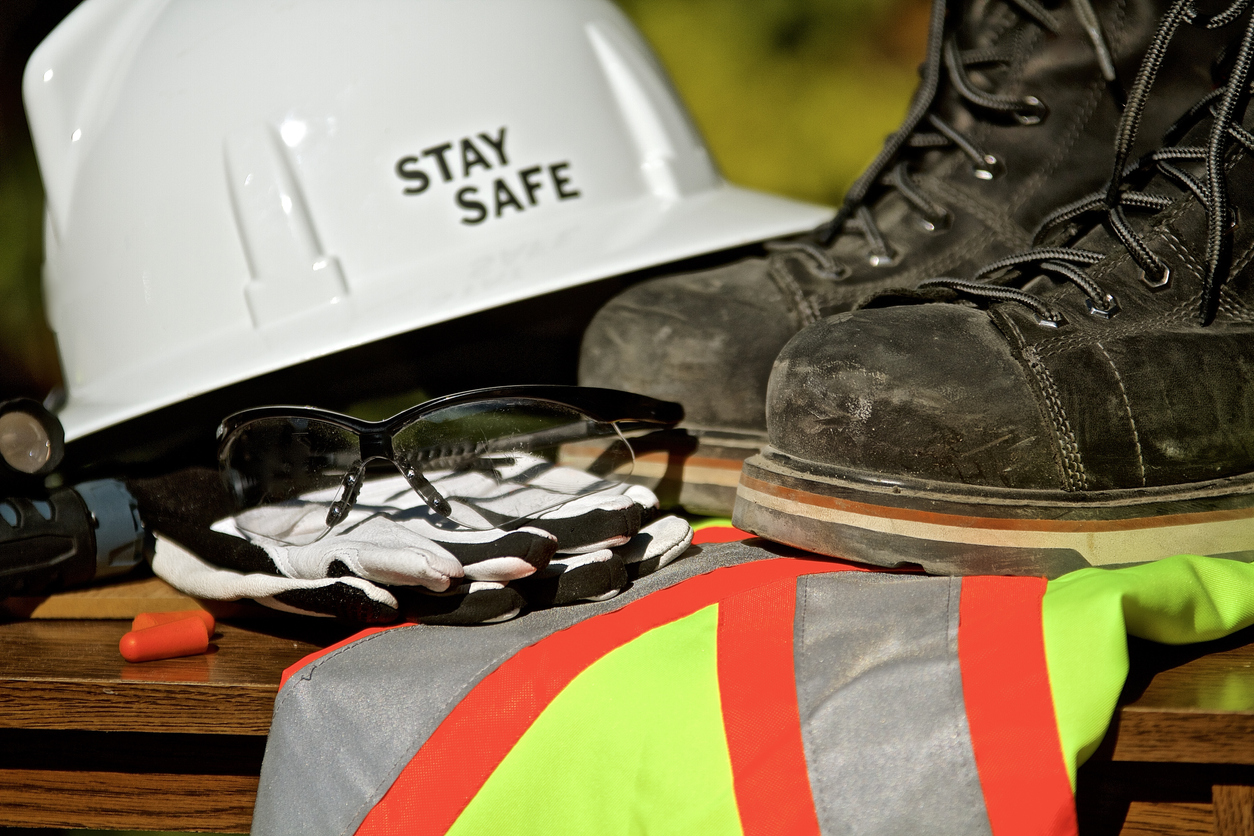WorkSafe and Construction Health and Safety New Zealand (CHASNZ) put out a joint statement last month highlighting the fact that there remains an extremely high death and serious injury rate in the construction industry, with an average of two fatalities per month. The idea of a critical risk is well known and understood, and all organisations are required to identify, assess and mitigate all critical risks from their workplaces.
With the benefit of investigations and hindsight, it is easy to conclude that each of these deaths may have been preventable, and that a change in policy or procedure or training might solve the problem from occurring in the future.
What is abundantly clear is that this approach has been well tried and tested since the introduction of the Health and Safety at Work Act in 2015 (HSAW), and it alone is not bringing down the fatality rate. If we imagine fatalities at the apex of the work harm triangle, how many more serious and other injuries are also similarly preventable.
The WorkSafe CEO Phil Parkes has called for more responsibility and accountability from the Boardroom and CEO level, and for them to take a proactive approach in understanding and mitigating risk right through the supply chain. CHASNZ called for greater investment and visibility of health and safety during the procurement process, and that too often organisations were cutting corners on worker safety to obtain a lower bid price.
Einstein famously described that one definition of stupidity as “doing the same thing over again and expecting a different result”. The question then becomes how we do things differently if we do want to reduce the fatality rate.
Todd Conklin coined the phrase “pre-accident” investigations, and he believes that it is more beneficial to conduct investigations before accidents happen, rather than after, and then to design safe work using this knowledge. In terms of critical risks, this involves imagining all the scenarios in which a worker could be critically hurt, and then developing systems to prevent this possibility occurring.
Think of the car company Volvo and their goal to produce a car in which no fatality occurs, regardless of what the driver does. This involves imagining all the possible scenarios in which a car could be involved in an accident and ensuring that the car would have the capability of keeping the driver and passengers safe. This eliminates the idea of the “human factor” in accidents, or “driver/pilot/operator” error being labelled as the cause.
A BIM model of a construction process provides a valuable tool for both pre-accident investigations, and Board level visibility of the health and safety systems in place in a construction project. Imagine designers, health and safety advisors, and workers being able to “see” the work that they have to complete, and then imagine all the possible ways a worker could be harmed in doing that work.
Imagine a place where all health and safety by design decisions and risk mitigation are recoded in a single place, and that these are visible and accessible from the CEO right down to the worker. Contractors and sub-contractors could both view and add to the information in the model and every change would be documented and recorded.
This is part of the world imagined by BIMSafe NZ, please join us on this journey. It might help reduce a critical risk for someone.

